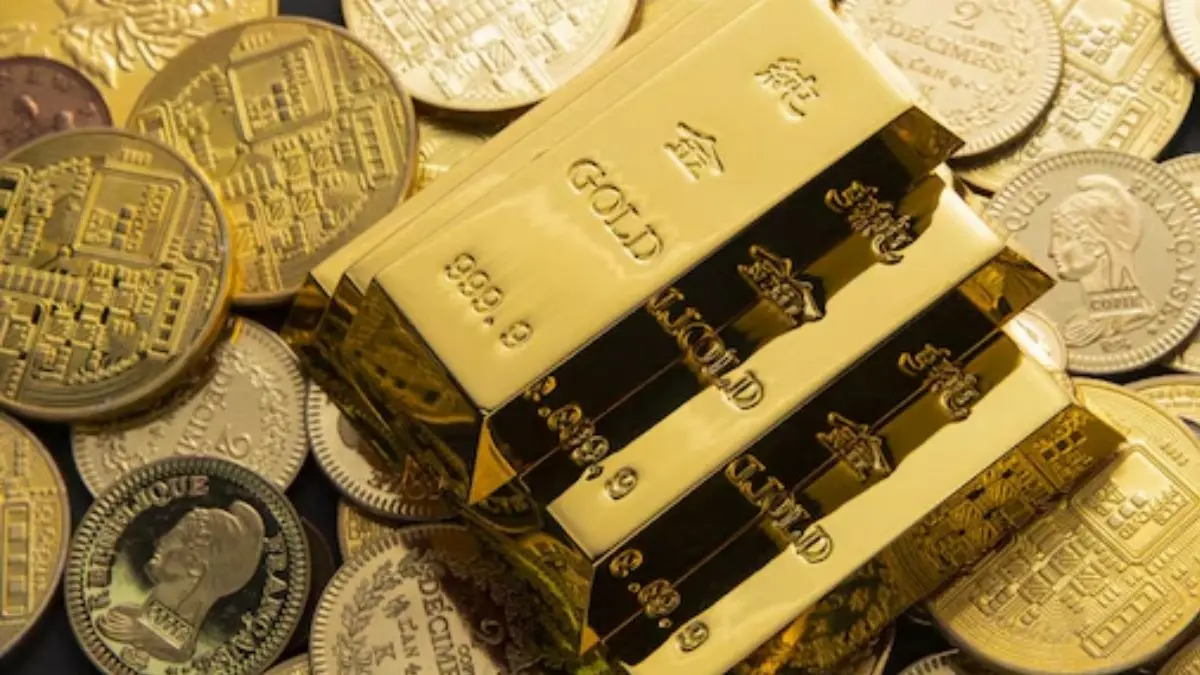Updated 4 June 2025 at 18:46 IST
RBI's Draft Rules For Gold Loans Exempts Small Borrowers From Tighter Rules: Here's All You Need To Know
The Reserve Bank of India (RBI) released the draft guidelines for gold loans and the Finance Ministry has suggested that loans below Rs 2 lakhs should be exempted from stricter rules.
- Republic Business
- 3 min read

The Reserve Bank of India (RBI) released the draft guidelines for gold loans and the Finance Ministry has suggested that loans below Rs 2 lakhs should be exempted from stricter rules.
These norms will come into affect from January 1, 2026, to ensure proper implementation.
What Is Behind This Development?
This development comes after the Chief Minister of Tamil Nadu MK Stalin wrote to the Finance Minister Nirmala Sitharaman, claiming that new rules may hinder poor and middle class households to access institutional credit.
What Did RBI Say?
While gold loans remain a popular choice of loans across India, the central bank has told banks that loans can be offered against gold jewellery and bank-issued coins, but not against gold bars, ingots, bullion, etc (primary gold).
Advertisement
RBI is changing gold loan rules because many people have started borrowing against gold as the value of the precious metal has shot up.
At present, the price of 24-carat gold in India is Rs 9,917 per gram and for 22-carat gold it is Rs 9,090 per gram.
Advertisement
As the number of gold loans is increasing the non-performing assets (NPAs) of banks are also increasing.
Such a scenario can hurt both borrowers as well as lenders, as there are no proper guidelines for the same.
What Are The New RBI Rules For Gold Loans?
As per the central bank, the "maximum LTV ratio in respect of consumption gold loans shall not exceed 75 per cent of the value of gold." The LTV ratio is calculated by dividing the loan amount by the value of the gold jewellery or coin.
RBI has also said that lenders have to set a standardised procedure to assess the purity of gold collateral, and only qualified assayers with no negative record can perform this function.
"Gold accepted as collateral shall be valued based on the price of 22 carat gold. If the gold collateral is of purity less than 22 carats, the lender shall translate the collateral into the equivalent of 22 carat purity, and accordingly value the collateral. In other words, collateral of lower purity of gold shall be valued proportionately," RBI added.
"For this purpose, the lower of (a) the average closing price of 22 carat gold for the preceding 30 days, or (b) the closing price of 22 carat gold on the preceding day, either as quoted by the India Bullion and Jewellers Association Ltd. or the historical spot gold price data publicly disseminated by a commodity exchange regulated by the Securities and Exchange Board of India (SEBI) shall be considered," RBI said.
Additionally, silver accepted as collateral will be valued at 999 purity silver prices.
Further, the central bank has said that loans can’t be extended against jewellery whose ownership is doubtful and if the original bill of the sale is not available, the borrower will have to submit a declaration explaining the ownership of the jewellery or coin.
Published By : Sagarika Chakraborty
Published On: 4 June 2025 at 18:46 IST
